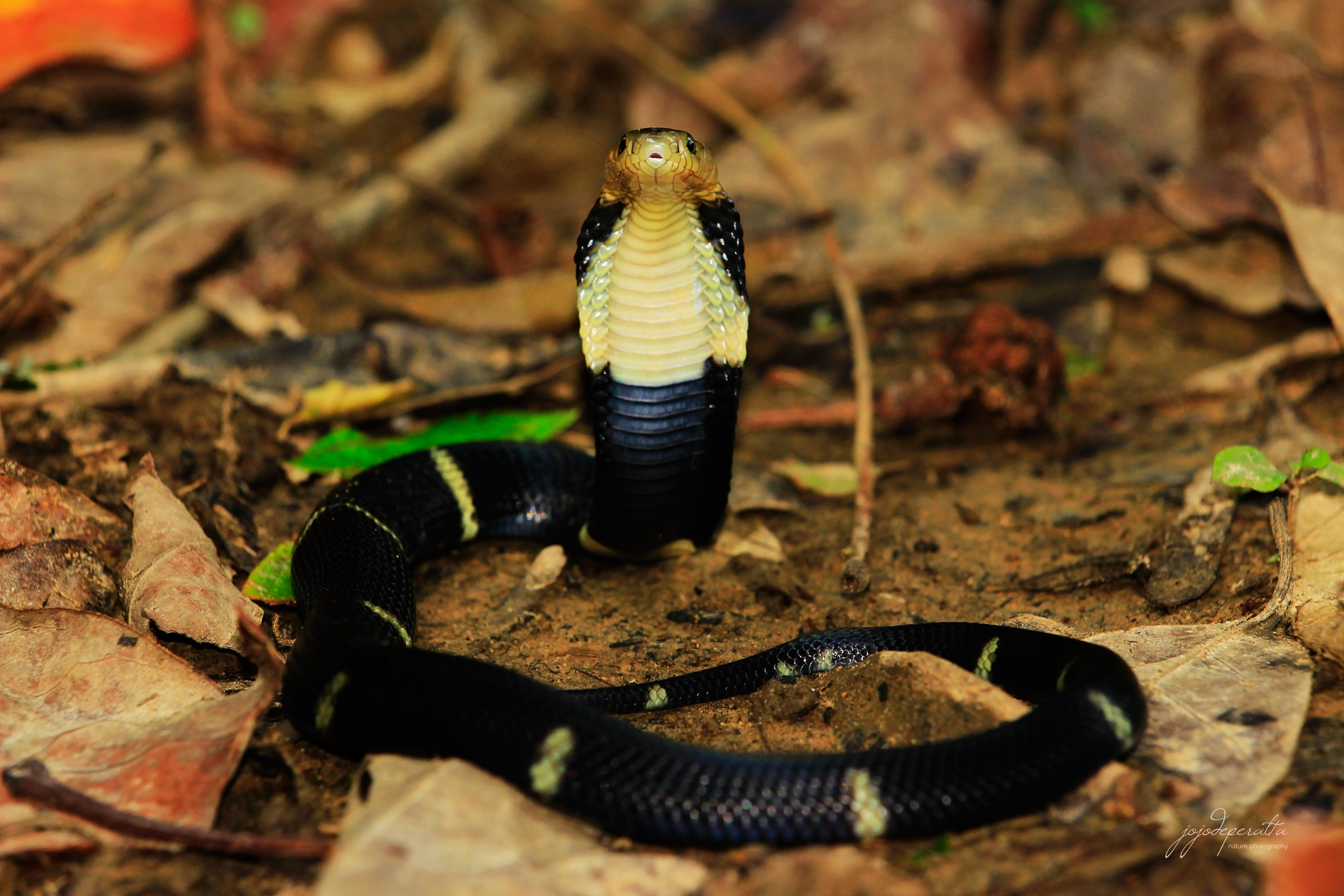Asian Leaf Turtle
The genus Cyclemys is found in Southeast Asia and its members are typically referred to as 'leaf turtles' due to the serrated hind end border of its carapace that is akin to plant leaves. This is much more distinct in the juveniles and may offer some protection against predators that may attempt to bite or swallow the spiky shelled hatchlings. In the Philippines, the Cyclemys dentata Gray, 1831 is restricted to the Palawan group of islands, the Sulu archipelago, and Tawi-Tawi.
The adults of this species are largely active at night, but can be seen walking on the forest floor near streams and rivers in the morning or late in the afternoon. Juveniles tend to be more active during the daytime and were observed feeding in the wild during the day. When resting, adult individuals can be found under the thick vegetation growing near the water and under large rocks or crevices of boulders on the banks of streams or rivers.
The young Cyclemys dentata are fairly aquatic. We often see the juveniles in shallow bodies of water, very rarely on the forest floor. They do appear to become more terrestrial as they age, spending much of their time on land. Their feet are semi-webbed, suited for terrestrial or aquatic mobility, but they are not strong swimmers preferring instead to walk on the bottom of a body of water rather than swim freely.
The Asian Leaf Turtle is gentle and lively, and easy to care in captivity. Such specimens are desirable as pets and it is one of the most seen reptile species in illegal pet trade. This turtle is omnivorous, it feeds upon food such as insects, vegetation, worms and even scavenge on dead carcass of fish caught in fishing nets. Its appetite for earthworms made this turtle vulnerable to fishing hooks baited with earthworms.
Cyclemys dentata collection for its meat is common among indigenous peoples and some rural villagers. Its meat is treated as delicacy and commonly consumed because of its supposed medicinal properties. It used to be very common in the lowland forests adjacent to streams, ponds, and other low-lying bodies of water within degraded forests, but collection for food and illegal pet trade made the numbers decrease drastically in the lowland especially around farms and rural areas.
 |
| Asian Leaf Turtle |
The adults of this species are largely active at night, but can be seen walking on the forest floor near streams and rivers in the morning or late in the afternoon. Juveniles tend to be more active during the daytime and were observed feeding in the wild during the day. When resting, adult individuals can be found under the thick vegetation growing near the water and under large rocks or crevices of boulders on the banks of streams or rivers.
 |
| Juvenile Asian Leaf Turtle |
The young Cyclemys dentata are fairly aquatic. We often see the juveniles in shallow bodies of water, very rarely on the forest floor. They do appear to become more terrestrial as they age, spending much of their time on land. Their feet are semi-webbed, suited for terrestrial or aquatic mobility, but they are not strong swimmers preferring instead to walk on the bottom of a body of water rather than swim freely.
 |
| Juvinile Asian Leaf Turtle |
The Asian Leaf Turtle is gentle and lively, and easy to care in captivity. Such specimens are desirable as pets and it is one of the most seen reptile species in illegal pet trade. This turtle is omnivorous, it feeds upon food such as insects, vegetation, worms and even scavenge on dead carcass of fish caught in fishing nets. Its appetite for earthworms made this turtle vulnerable to fishing hooks baited with earthworms.
 |
| Juvenile Asian Leaf Turtle |










